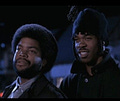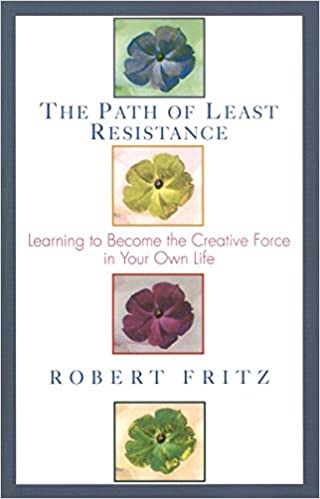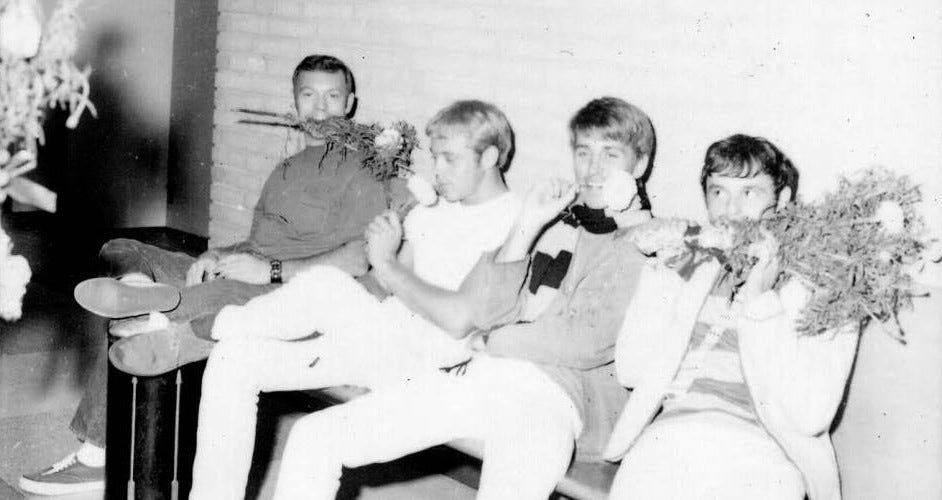Making people feel they need to be corrected is not a recipe for greater inclusion
Here are two ideas from my book, Reconstructing Inclusion: Making DEI Accessible, Actionable, and Sustainable and other texts I leaned on in writing it. In addition, I’ve included one quote, a book recommendation, and a video or article that has inspired or influenced me and hopefully will resonate with you, too. (That’s ✌🏿+ 💡📚➕).
Page 128
“I had an experience with a former employer that reminded me that I do not have racial privilege, although, in many spaces, I do have privilege of class and sexuality as a straight, heterosexual male. But I am Black, so my privilege has at least that line that it cannot cross [in some cases].
As I stepped into the elevator on my way to a meeting in the executive suite of the building, I encountered a gentleman that I had seen for a few months walking about the company facilities. Still, I had yet to have a chance to meet formally. His manager was a dear colleague I had worked with and had a collegial relationship with. He was walking with an external vendor, and I said hello as we made our way up to the same floor. He didn’t respond with a “hi” or “hello.” Instead, he asked, “Can I see your badge?”
My immediate response was a bit of surprise, maybe even shock, and then a bit of confusion. After that, I calmed myself and said, “I’m sorry?”. The gentleman repeated himself, “Can I see your badge?” I pulled aside the coat, smiled, and said, “I don’t think we have met; I’m Amri and extended my hand to greet him.
I was vexed. My initial surprise waned. And in reflection, it reminded me of a scene in the late John Singleton’s film Higher Learning, which was about racial tensions on a predominantly white college campus in Southern California. In one scene, the campus security guards from the fictional Columbus University pull up at night in an SUV to rappers Ice Cube’s and Busta Rhymes’ characters Fudge White and Dreads while walking across campus. One officer asks them, “Can I see your ID?” Ice Cube calmly pulls out a flashlight of his own and says, “No, let us see your ID!” The officers mumble something under their breath and immediately move on.
If only I had been fast enough to use an Ice Cube line on him! As we were leaving the elevator, the company president greeted me by name and mentioned a recently booked meeting with my boss and me for later that week. I didn’t gloat. Well, I did smile at the “campus security guard.”
Photo by Jay Woolridge on Pinterest
Pages 172-173
Structure Creates Behavior
"Water follows the path of least resistance. Have you ever had mold grow in your home? I have. The water didn’t insist; it settled and waited and, at some point, with little effort, flowed into whatever minuscule crevice it had access to. Humans are the same. We don’t change when we go to work. Organizations indeed follow the path of least resistance in aggregate.
My dad used to share a quote attributed to many, including Benjamin Franklin: “A [hu]man convinced against [its] will is of the same opinion still.”
Likewise, Dr. Mona Sue Weissmark and others have advised that making people feel they need to be corrected is not a recipe for greater inclusion. Yet, many in the DEI space are committing increased resources to conversations about privilege and concepts such as “white fragility.”
It is worthwhile to engage in these levels of dialogue. However, the purpose should be non-linear learning. Otherwise, many people will opt out of such conversations, even if they are popular and their proponents want to make the world more humanistic.
Trying to change behaviors now is the goal of many who desire to facilitate change with a focus on a particular in-group or cause. The strategy is to change a group different than theirs—one that has historically had more power—and to do so by giving information that says to those deemed to be the perpetrators (usually, but not limited to, white blokes) of harmful behaviors that they are bad and that they need to start doing things differently. Whether it is because of unconscious preferences or not, the so-called perpetrators are implicitly those in the wrong who need to change and a selected group (like DEI practitioners) is there to tell them how."
💡A Quote
“People believe that if they change their behavior, they can change the structures in their lives. In fact, just the opposite is true.” Fritz also notes, “Structure determines behavior. The way anything is structured determines the behavior within that structure.”
—Robert Fritz
📚A Book
Photo Credit: Amazon.com
The Path of Least Resistance: Learning to Become the Creative Force in Your Own Life
➕An Article
Seven (7) LGBTQ Uprisings Before Stonewall
1958: Los Angeles – Cooper Donuts Riot
1961: Milwaukee – Black Nite Brawl
1965: Philadelphia – Dewey’s Restaurant Sit-In
1966: New York City – Julius Tavern “Sip In”
1966: San Francisco – Compton’s Cafeteria Riot
1966–1967: Los Angeles – Black Cat Tavern Protests, Los Angeles
1968: Los Angeles – The Patch Bar 'Flower Power' Protest
I hope this was helpful. . . Make it a great day! ✌🏿






